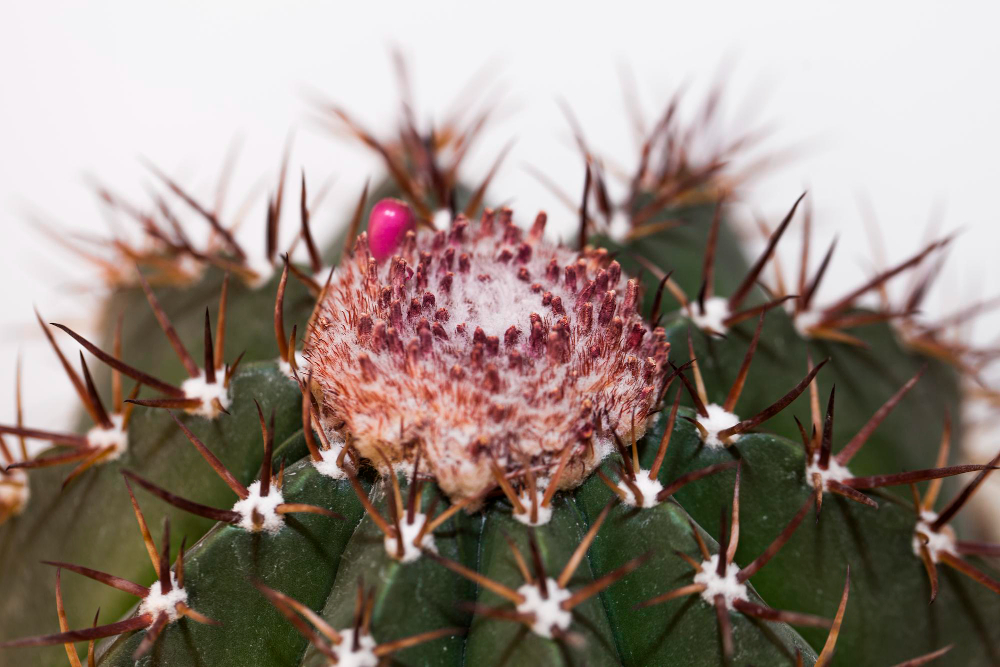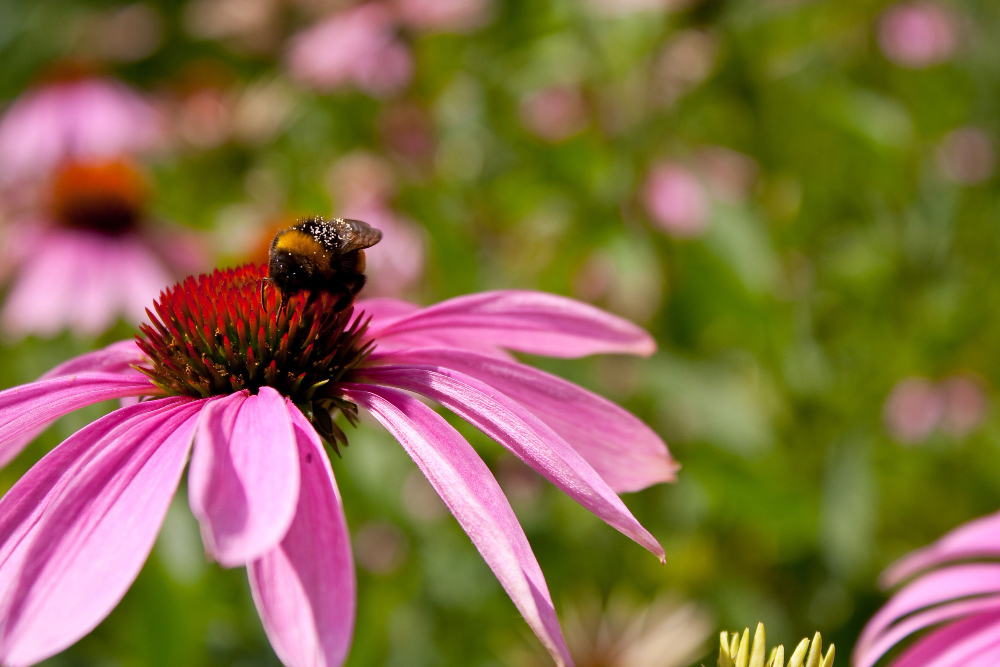The arid landscapes of desert regions are adorned with a unique and resilient plant—the cactus. These spiky wonders not only survive in harsh conditions but also hold profound cultural significance for native communities. In addition to their physical attributes, cacti and their vibrant colors embody symbolic meanings that are deeply rooted in indigenous traditions. Join us on a journey to explore the cultural symbolism of cacti and the significance of their colors in native cultures.
The Prickly Guardians: Cacti in Native Mythology
Cacti have long been regarded as guardians and protectors in native mythology. In various indigenous traditions, these plants are believed to possess spiritual powers and serve as mediators between humans and the divine. Cacti are often associated with resilience, endurance, and the ability to thrive in adversity—a lesson imparted to native communities for generations. Their prickly exterior is seen as a defense mechanism that safeguards the sacredness of the land and its inhabitants.
The Sacred Colors: A Spectrum of Symbolism
Colors play a vital role in indigenous cultures, representing different aspects of life, spirituality, and the natural world. The vibrant hues displayed by cacti hold specific symbolic meanings, enriching the cultural tapestry of native traditions. Let us delve into the significance of some of these colors.
-
Green: The Color of Renewal and Growth
The predominant color of cacti, green, represents renewal, growth, and the vitality of the Earth. In native cultures, green is often associated with healing, fertility, and the cycle of life. It symbolizes the ever-renewing power of nature and the importance of maintaining a harmonious relationship with the environment.
-
Red: The Color of Life and Vitality
Red is a color that holds immense significance in many indigenous cultures. It is associated with life force, vitality, and the sacred energy that flows through all living beings. Red cacti blossoms are often seen as potent symbols of life, passion, and spiritual awakening. They evoke a sense of awe and reverence, reminding people of the interconnectedness between humanity and the natural world.
-
Yellow: The Color of Sun and Enlightenment
Yellow symbolizes the warmth and radiance of the sun, which holds profound spiritual significance in many native cultures. It represents enlightenment, wisdom, and the illumination of the soul. Yellow cacti blossoms are seen as embodiments of divine guidance and spiritual awakening, inviting individuals to seek inner light and embrace the path of knowledge.
-
White: The Color of Purity and Spirituality
White is a color often associated with purity, clarity, and spiritual enlightenment. In native traditions, white cacti blossoms are regarded as symbols of spiritual purity and transcendence. They represent the quest for truth, inner peace, and the connection with the divine realms. White cacti blossoms inspire individuals to seek harmony within themselves and the world around them.
Cacti in Cultural Practices: Healing and Ceremonial Significance
Cacti hold immense medicinal and ceremonial value in native cultures. Their therapeutic properties, such as anti-inflammatory and pain-relieving effects, have been utilized for centuries to treat various ailments. Native healers and medicine people incorporate cacti into their traditional practices, harnessing the plant’s spiritual energy for physical and emotional healing.
Furthermore, cacti play significant roles in ceremonial practices, rituals, and celebrations. They are often used as offerings in sacred ceremonies, symbolizing the exchange of energy and gratitude for the Earth’s abundance. Cacti are also revered for their ability to ward off negative energies and provide spiritual protection during ceremonies and sacred gatherings.
Tapestry of Symbolism and Reverence
Cacti and their colors weave a tapestry of symbolism, spirituality, and cultural significance in native traditions. They remind us of the resilience and adaptability of the human spirit, as well as the interconnectedness between humans and the natural world. As we explore the vibrant hues of cacti and the stories they tell, let us cultivate a deep appreciation for the wisdom passed down through generations and strive to protect both the cultural richness and the biodiversity that these remarkable plants embody.



